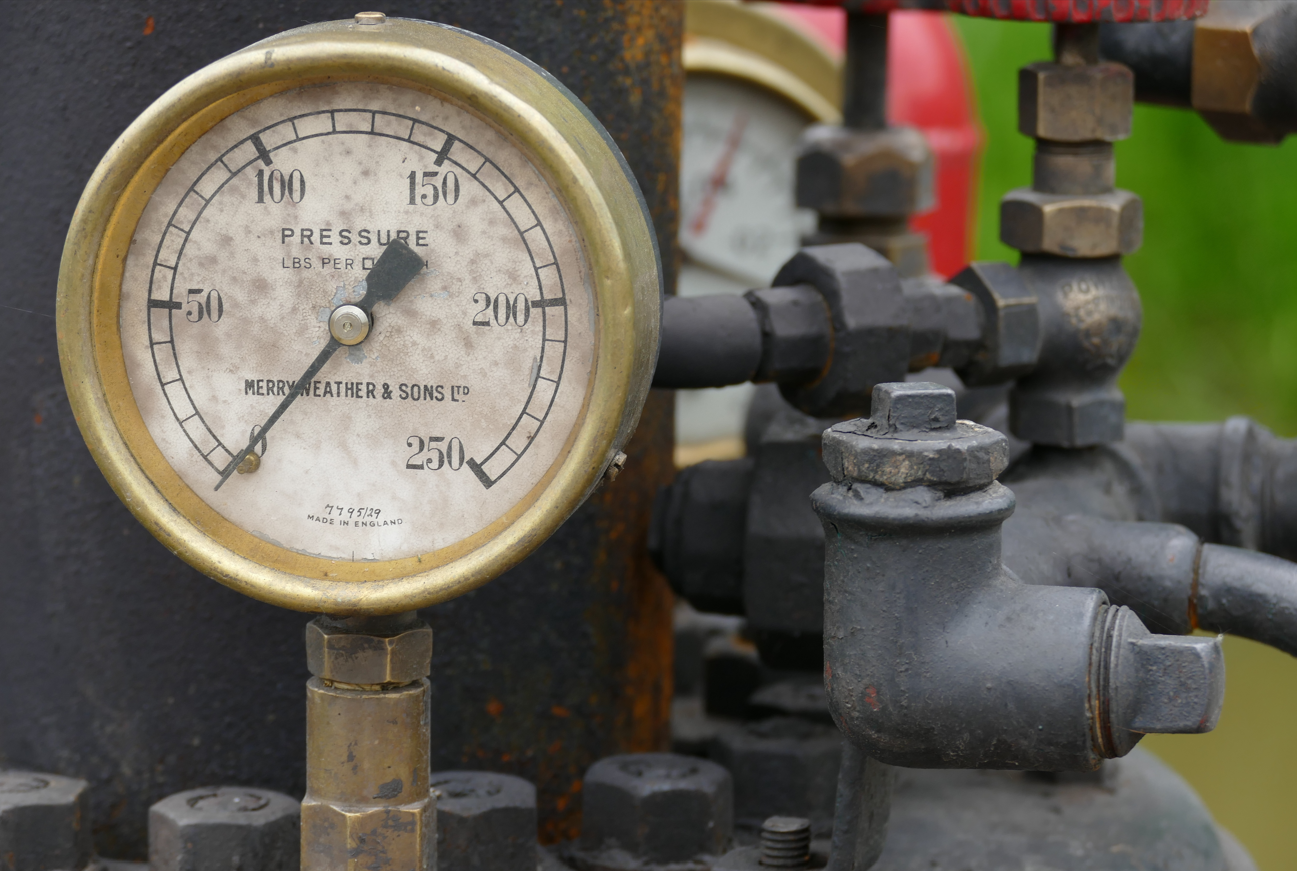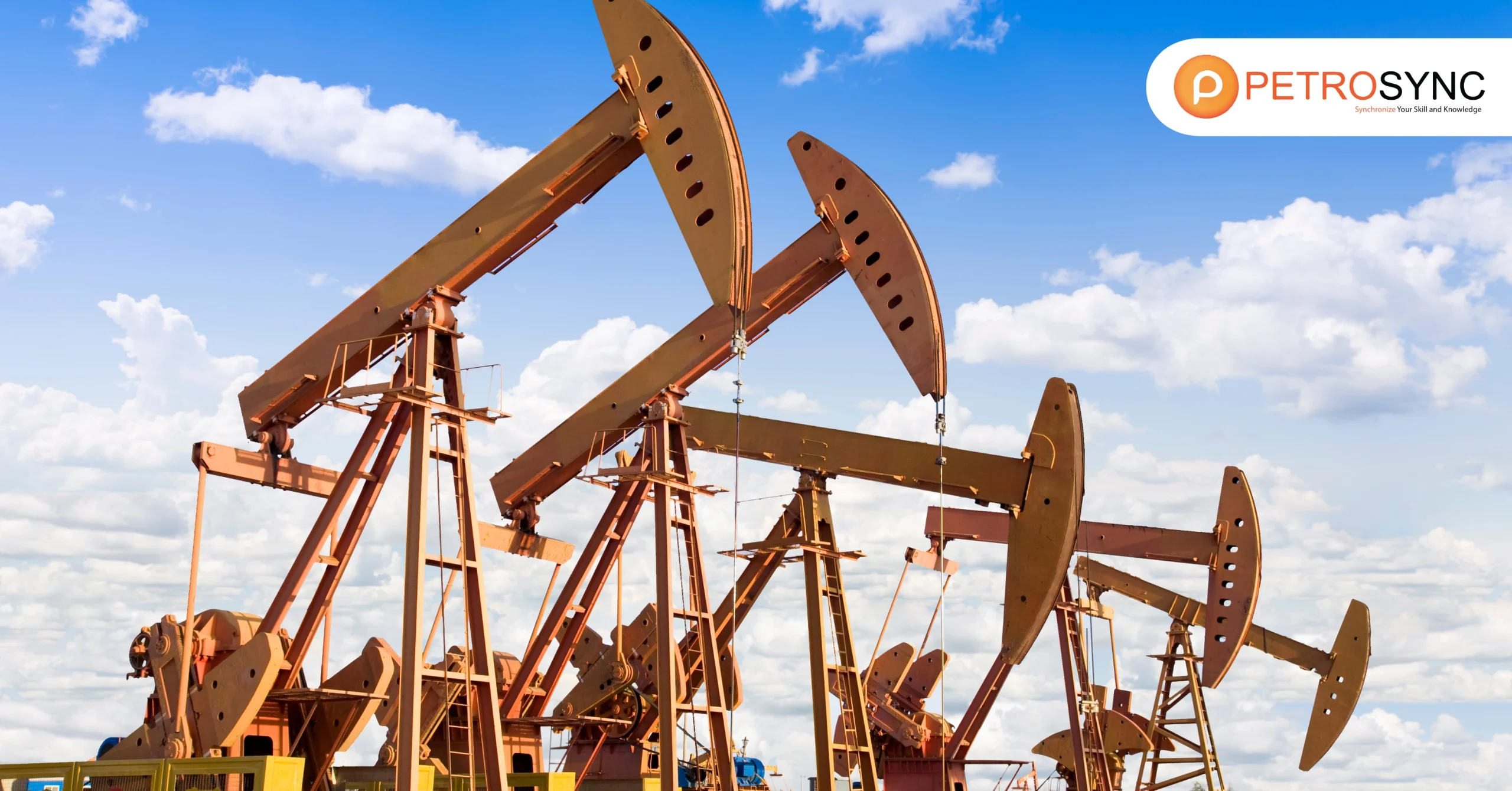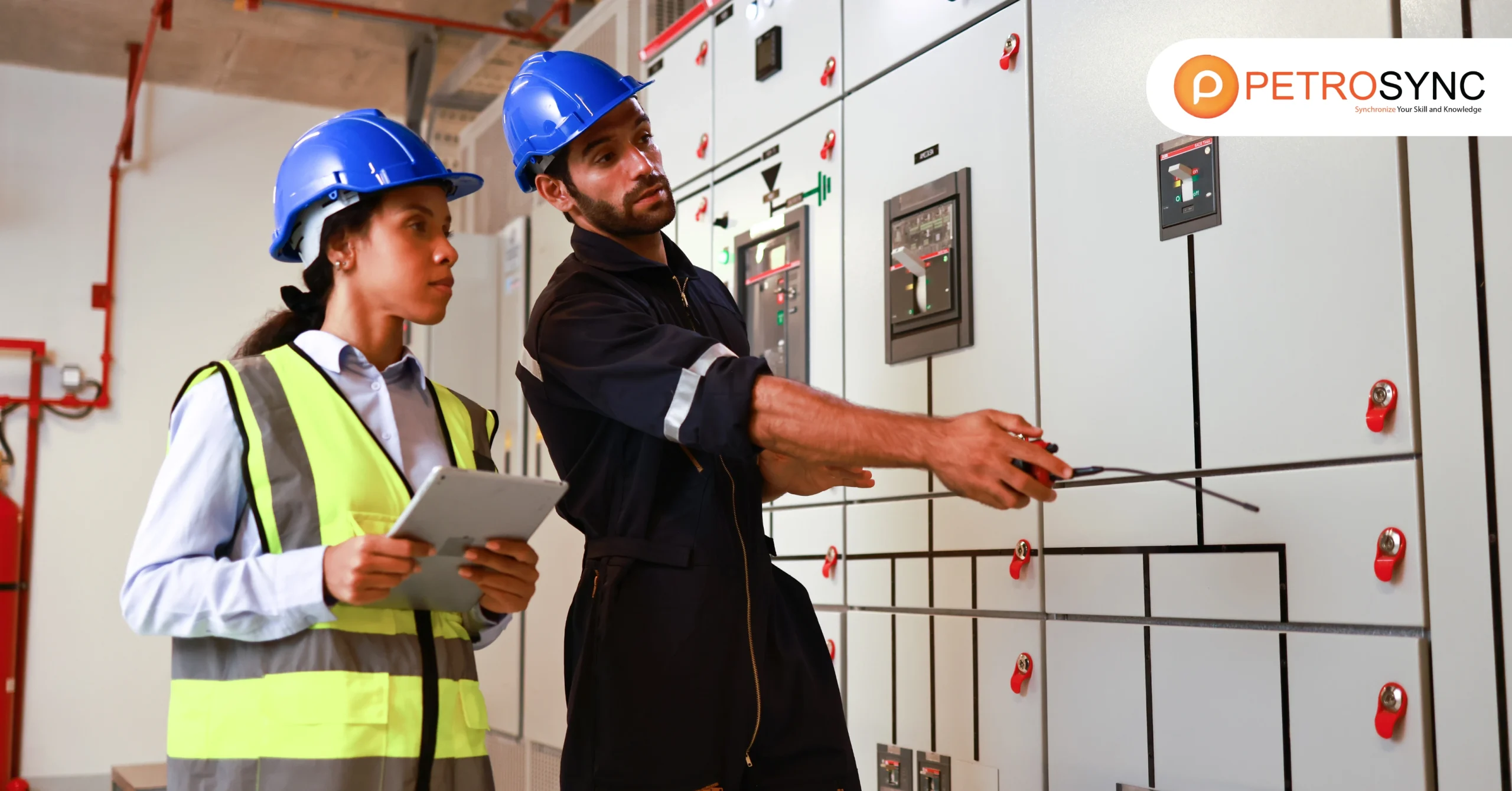Pressure equipment is a fundamental component across various industries, serving critical functions in the containment, heating, and transportation of fluids and gases. From steam boilers to chemical reactors, pressure equipment plays a pivotal role in ensuring the smooth operation of industrial processes. Additionally, understanding pressure equipment is essential for piping engineers, as it directly influences the design, construction, and safety of piping systems.
What Is Pressure Equipment?
Pressure equipment, which includes vessels, piping, safety accessories, and pressure accessories, refers to any device or apparatus that is designed to contain fluids or gases under pressure. This includes items such as boilers, pressure vessels, piping systems, and pressure fittings.
Pressure equipment is commonly used in various industries for processes such as heating, cooling, and transporting fluids or gasses. These devices are built to withstand the internal pressure generated by the contained substance, ensuring safe operation within specified parameters. Pressure equipment plays a crucial role in many industrial applications, but it requires careful design, construction, and maintenance to prevent accidents or failures.
What Are The Examples of Pressurised Equipment?
Some examples of Pressurized Equipment are:
1. Steam Boilers and Associated Pipework
Steam boilers are devices used to generate steam for various industrial processes such as heating, power generation, and sterilization. They operate by heating water to produce steam under high pressure, which is then distributed through associated pipework to where it’s needed. These boilers are commonly found in industries such as manufacturing, power generation, and food processing.
2. Chemical Reaction Vessels
Chemical reaction vessels are containers used for carrying out chemical reactions under controlled conditions of temperature, pressure, and other parameters. These vessels are designed to withstand high pressures and temperatures to ensure the safety of personnel and prevent leaks or ruptures during chemical processes. They are widely used in industries such as pharmaceuticals, petrochemicals, and specialty chemicals manufacturing.
3. Pressurized Hot-water Boilers
Pressurized hot-water boilers are similar to steam boilers but are specifically designed to heat water for use in heating systems, domestic hot water supply, or industrial processes. These boilers operate under high pressure to ensure the efficient transfer of heat from the hot water to the intended application. They are commonly used in buildings, hotels, hospitals, and industrial facilities for heating purposes.
4. Air Compressors
Air compressors are mechanical devices that compress air to increase its pressure for various applications such as pneumatic tools, air conditioning systems, and industrial processes. These machines come in various types and sizes, ranging from small portable units to large stationary systems used in manufacturing plants and refineries.
5. Air Receivers and Associated Pipework
Air receivers are tanks used to store compressed air at high pressure before it’s distributed through associated pipework to different points of use. These receivers help regulate the flow of compressed air, reducing pressure fluctuations and ensuring a steady supply to pneumatic equipment. They are commonly used in industries such as automotive, construction, and manufacturing.
6. Autoclaves
Autoclaves are pressure vessels used for sterilizing equipment and materials by subjecting them to high-pressure steam. They are widely used in medical, pharmaceutical, and research laboratories to ensure the safety and sterility of equipment and supplies. Autoclaves come in various sizes and configurations to accommodate different loads and sterilization requirements.
7. Gas Storage Tanks
Gas storage tanks are containers used to store compressed gases such as liquefied petroleum gas (LPG), natural gas, and hydrogen. These tanks are designed to withstand high pressures and provide safe storage for flammable or hazardous gases. They are commonly used in industries such as petrochemicals, energy, and manufacturing for storing and transporting gases for various applications.
What Are The Classifications of Pressure Equipment?
Knowing the classifications of pressure equipment helps us understand the different types and purposes of these essential components.
1. Vessel
Vessels are containers designed to hold fluids or gases under pressure. They come in various shapes and sizes, including cylindrical, spherical, or rectangular designs, depending on their intended use. Vessels are commonly used in industries such as chemical processing, oil and gas, and power generation for storing and transporting liquids or gases under pressure.
2. Steam Generator
Steam generators are devices that produce steam by heating water under pressure. They are commonly used in power plants, industrial facilities, and heating systems for generating steam for various applications such as power generation, heating, and sterilization. Steam generators come in different configurations, including boilers, heat recovery steam generators (HRSG), and steam turbines.
3. Piping
Piping refers to the network of pipes used to transport fluids or gases from one location to another within a facility. These pipes come in various materials, sizes, and configurations depending on the specific requirements of the application. Piping systems are crucial components of pressure equipment and are used in industries such as oil and gas, petrochemicals, and pharmaceuticals.
4. Safety Accessories
Safety accessories are devices or components designed to enhance the safety of pressure equipment and prevent accidents or failures. Examples include pressure relief valves, rupture discs, safety relief valves, and pressure gauges. These accessories are essential for maintaining the integrity and reliability of pressure equipment and ensuring the safety of personnel and the surrounding environment.
5. Pressure Accessories
Pressure accessories are additional components or fittings used to control, regulate, or monitor the pressure within pressure equipment. Examples include pressure regulators, pressure switches, pressure transmitters, and pressure control valves. These accessories play a crucial role in maintaining optimal operating conditions and preventing overpressure situations in pressure equipment.
6. Assemblies
Assemblies refer to the combination of various pressure equipment components and accessories into a single integrated system. This may include vessels, piping, safety accessories, pressure accessories, and other related components assembled together to perform a specific function or process. Assemblies are commonly used in complex industrial applications such as chemical processing plants, refineries, and power generation facilities.
Are PEDs and CE The Same?
The Pressure Equipment Directive (PED) sets requirements for the design, manufacturing, and conformity assessment of pressure equipment, ensuring its safety and reliability, while CE marking is the final step in the conformity assessment process for pressure equipment under PED.
How To Maintain Pressure Equipment?
Maintaining pressure equipment involves regular inspections, testing, and preventive maintenance to ensure safe and efficient operation. Key steps include:
1. Inspections
Conduct routine visual inspections to check for signs of wear, corrosion, or damage. Inspect pressure gauges, valves, and fittings for proper functioning and leaks.
2. Testing
Perform pressure tests to verify the integrity and strength of the equipment. This may involve hydrostatic testing or pneumatic testing to ensure the equipment can withstand its intended operating pressure.
3. Cleaning
Keep pressure equipment clean to prevent contamination and corrosion. Remove debris, scale, or deposits from surfaces and internal components regularly.
4. Lubrication
Apply lubricants to moving parts and components to reduce friction and wear. Lubrication helps prolong the lifespan of equipment and ensures smooth operation.
5. Calibration
Calibrate pressure gauges, sensors, and other monitoring devices to ensure accuracy. Proper calibration is essential for maintaining precise control and safety.
6. Repairs
Promptly address any issues or defects identified during inspections or testing. Repair or replace damaged components to prevent potential failures or hazards.
7. Documentation
Maintain thorough records of maintenance activities, inspections, tests, and repairs. Documentation helps track the condition of the equipment and ensures compliance with regulatory requirements.
By following these maintenance practices, operators can prolong the lifespan of pressure equipment, minimize downtime, and ensure safe and reliable operation.
All in all, pressure equipment is crucial for many industries, serving important functions like containing and transporting fluids and gases. For piping engineers and designers, knowing about pressure equipment is essential because it affects how they design and build piping systems. By making sure pressure equipment is chosen, installed, and maintained correctly, engineers can make piping systems work better and safer, which helps industries run more smoothly.
To improve your skills in pipe engineering and design, consider enrolling in API 570 training and ASME B31.3 training offered by PetroSync. Our courses provide valuable knowledge and practical insights into designing, inspecting, and maintaining piping systems according to international standards.
By participating in these training sessions, you will gain a deeper understanding of industry best practices, regulatory requirements, and the latest technologies in pipe engineering.
Investing in your professional development through training will not only expand your knowledge but also enhance your career opportunities in the piping engineering field. Don’t miss the chance to enhance your skills and advance your career. Enroll in API 570 and ASME B31.3 training with PetroSync today!
Credit Vecteezy

SEO specialist by day, fact-checker by night. An avid reader and content writer dedicated to delivering accurate and engaging articles through research and credible sources.






